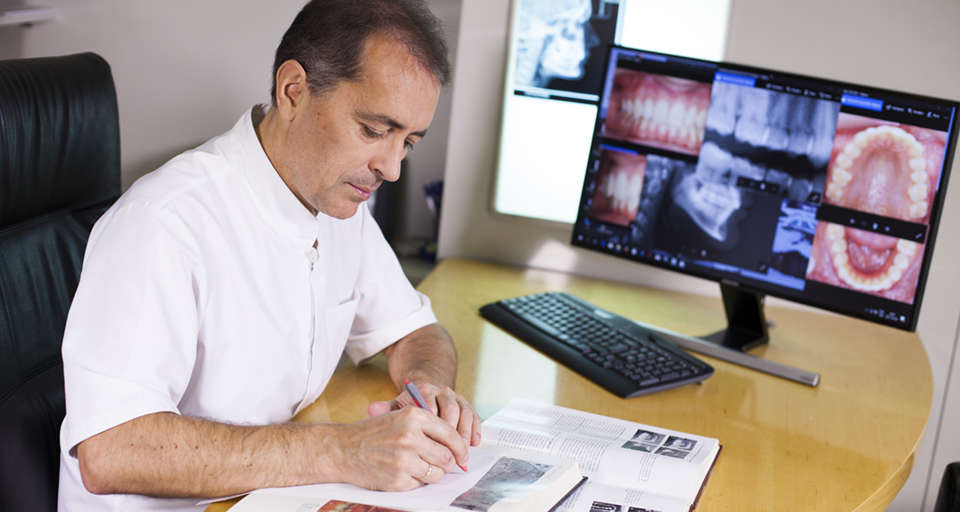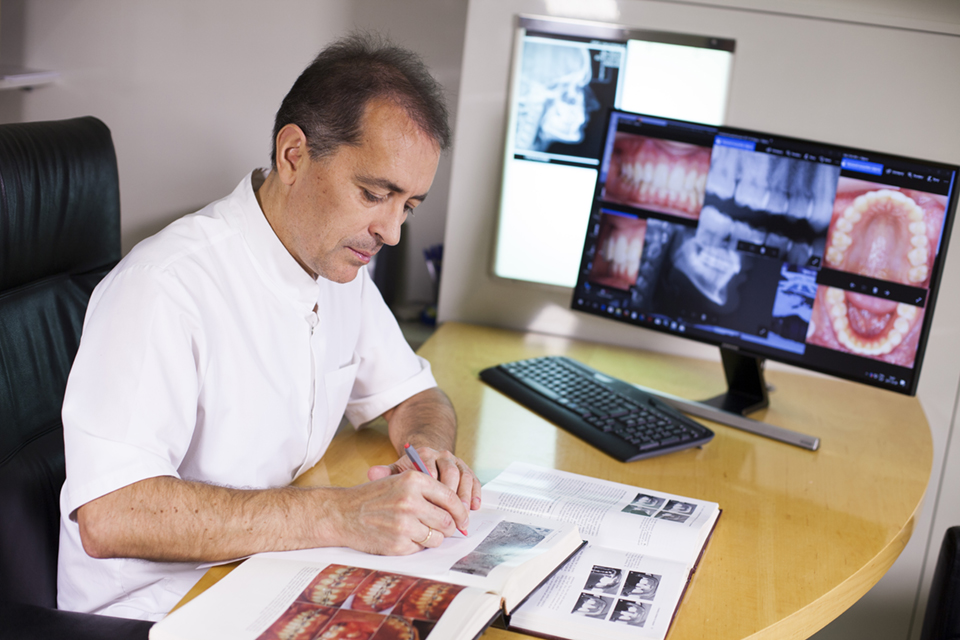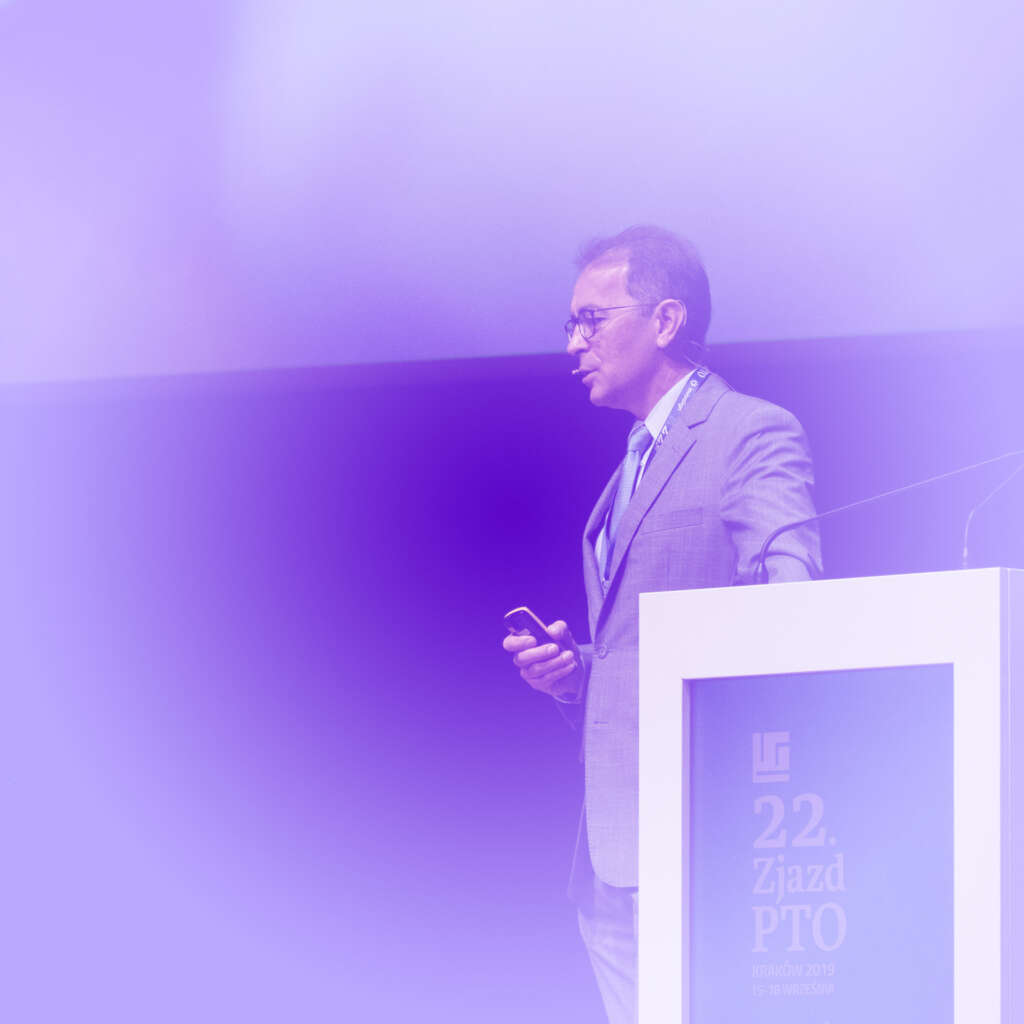J Craniomaxillofac Surg. 2019 Jul;47(7):1092-1095. doi: 10.1016/j.jcms.2019.03.023. Epub 2019 Mar 25.
Fudalej PS(1), Urbanova W(2), Klimova I(3), Dubovska I(4), Brudnicki A(5), Polackova P(6), Kroupova D(3), Kotova M(2), Rachwalski M(7).
AUTHOR INFORMATION:
(1) Institute of Dentistry and Oral Sciences, Faculty of Medicine and Dentistry, Palacky University Olomouc, Czech Republic; Department of Orthodontics and Dentofacial Orthopedics, School of Dental Medicine, University of Bern, Switzerland; Department of Orthodontics, Jagiellonian University, Krakow, Poland. Electronic address: piotr.fudalej@zmk.unibe.ch.
(2) Department of Orthodontics and Cleft Anomalies, Dental Clinic, 3rd Medical Faculty, Charles University, Faculty Hospital Royal Vineard, Prague, Czech Republic.
(3) Cleft Center, Clinic of Plastic and Reconstructive Surgery, Comenius University, Bratislava, Slovakia.
(4) Institute of Dentistry and Oral Sciences, Faculty of Medicine and Dentistry, Palacky University Olomouc, Czech Republic.
(5) Department of Pediatric Surgery, Institute of Mother and Child, Warsaw, Poland.
(6) Institute of Dentistry and Oral Sciences, Faculty of Medicine and Dentistry, Palacky University Olomouc, Czech Republic; Department of Orthodontics and Cleft Anomalies, Dental Clinic, 3rd Medical Faculty, Charles University, Faculty Hospital Royal Vineard, Prague, Czech Republic.
(7) Department of Maxillofacial and Plastic Surgery, National Reference Center for Cleft Lip and Palate (Head: Professor Arnaud Picard), Hôpital Universitaire Necker-Enfants Malades, Paris, France.
PURPOSE:
Our aim was to evaluate the dental arch relationship in a preadolescent Slavic population with unilateral cleft lip and palate (UCLP) by using the Goslon Yardstick.
MATERIALS AND METHODS:
Patients treated in Warsaw, Poland (n = 32), Prague, Czech Republic (n = 33) and Bratislava, Slovakia (n = 30) were included in this retrospective study. Each cleft center used a unique surgical protocol. Three raters scored blindly the dental arch relationship on plaster models. Intra- and inter-rater agreement were assessed with kappa statistics, and differences between the groups were evaluated with one-way analysis of variance. Intra-rater agreement was very good (k > 0.825), while inter-rater agreement was either good or very good (kappa >0.703).
RESULTS:
We found that patients treated in Warsaw showed a more favorable dental arch relationship (Goslon score = 2.58, SD = 0.77) than patients treated in Prague (Goslon score = 3.21, SD = 1.04). Patients treated in Bratislava showed an intermediate Goslon score (3.07; SD = 0.99).
CONCLUSION:
This study showed that the dental arch relationships in patients treated in Warsaw with a one-stage repair were more favorable than in patients treated in Prague and Bratislava with a two-stage protocol and comparable to the best results obtained in the Eurocleft and Americleft studies.
Copyright © 2019 European Association for Cranio-Maxillo-Facial Surgery.
Published by Elsevier Ltd. All rights reserved.
DOI: 10.1016/j.jcms.2019.03.023
PMID: 31097367 [Indexed for MEDLINE]




